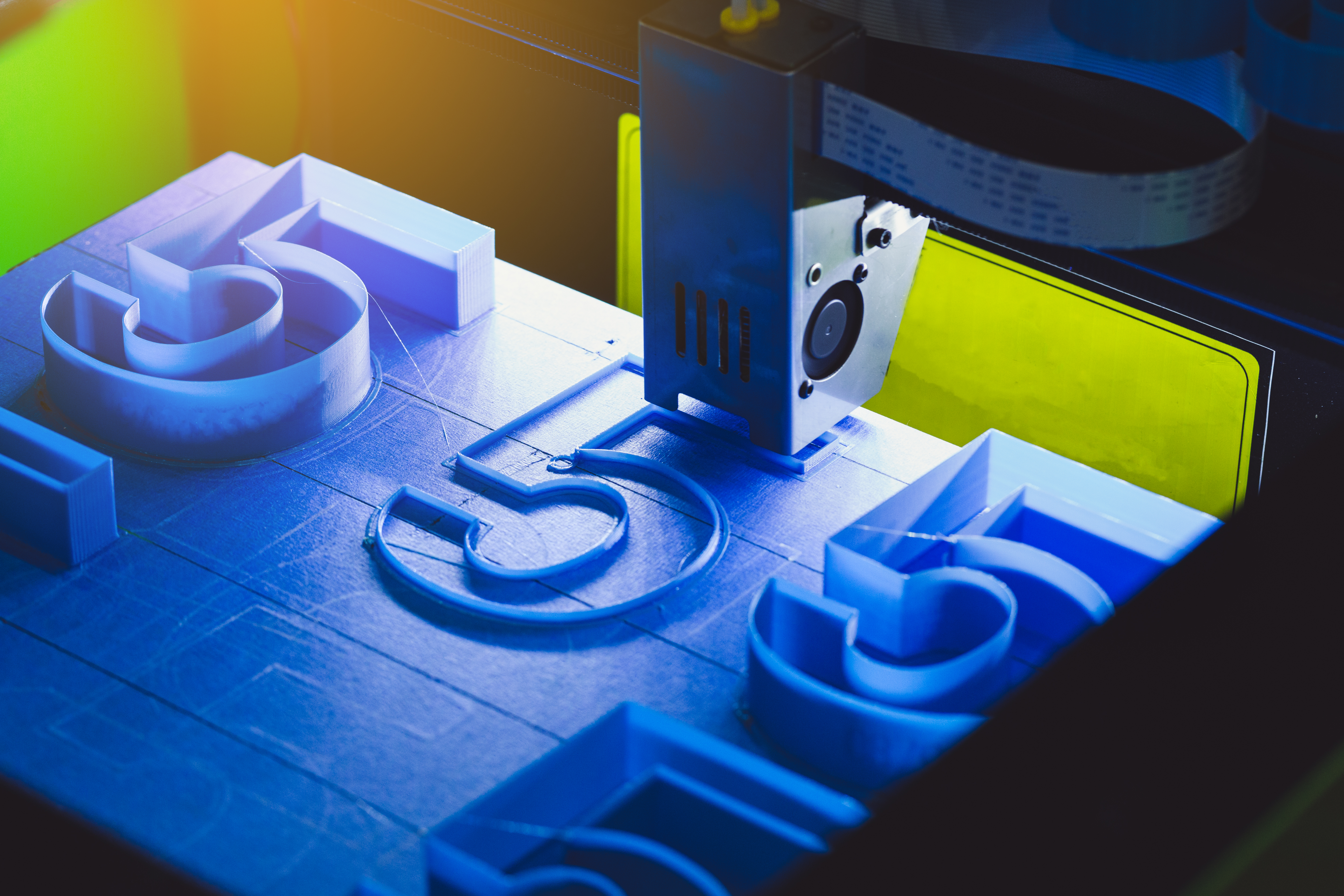WHAT'S UP WITH THE HYPE ABOUT HP MULTI-JET FUSION
As early as 2013, the then Hewlett-Packard(HP) boss Meg Whitman had announced that HP wanted to bring out its own 3D printer, and that it would do so until mid-2014, when it would take a little longer, namely until May 2016. To this end, HP presented not only 2 of its own 3D printers (namely the HP Jet Fusion 3D 3200 and the HP Jet Fusion 3D 4200), but also a 3D printing technology developed especially for this purpose. At this point we would like to give you a closer look at this technology, especially with regard to its advantages and disadvantages.
The MJF printing process in detail
Since HP's core business is 2D printers, it should come as no surprise that the additive technology developed by the company also has features that are clearly inspired by inkjet printing. For example, the HP-MJF process is one of the powder-based processes that do not require a laser. Using an inkjet print head, 2 special binder fluids are printed into a powder bed in a space filled with (polyamide) powder. According to their properties, these are a heat conductor and a thermal inhibitor. While the heat-conducting liquid binds the actual object, the inhibitor is applied to its edges to bind the model. Infrared energy sources above the printing bed then fuse the respective layers in a further work step.
Advantages of the HP-MJF process
One of the main advantages of the MultiJet fusion process is undoubtedly the fast production process that is possible with this method. It also enables complex shaping without the need for support structures. However, components manufactured in this way also have other advantages: They can withstand high mechanical and thermal loads and have a high component density. Sharp edges are also possible with the MJF process, in combination with a good surface quality. In addition, the energy source in this process acts on the materials for a much longer time, which has a positive effect on the component properties.

![]()
Disadvantages of HP-MultiJet-Fusion
A major disadvantage of HP-MJF is certainly the fact that only single-colour components are possible with this process. Of course, this disadvantage only becomes apparent when comparing powder-based 3D printing processes, especially in comparison to ColorJet printing.
Moreover, the surface may be somewhat rougher than is normally the case with photopolymer-based processes. Another disadvantage of the MultiJet-Fusion process is the very limited choice of materials. For the time being, only PA12, a material specially developed by HP for this purpose, is possible.
Click here to learn more!

